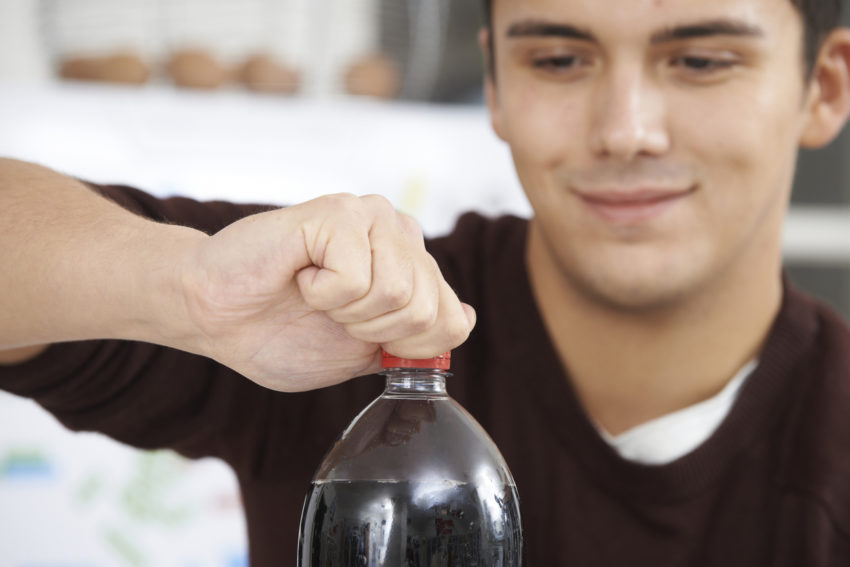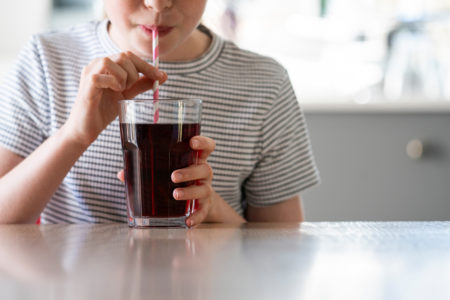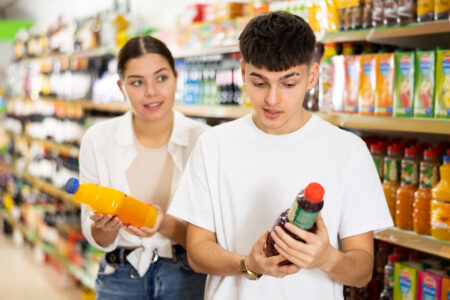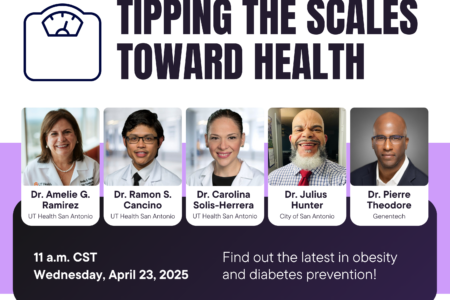
Share On Social!
Sodas, juices, and other sugary drinks contribute to obesity and other health issues.
This is why many communities are passing sugary drink taxes. This kind of governmental action has proven to reduce consumption of sugary drinks, and create revenue for local health programs.
Can a sugary drink tax work in your community?
Use the new Sugary Drink Tax Calculator from the University of Connecticut’s Rudd Center for Food Policy and Obesity to estimate the potential national or state revenue from a volume-based excise tax on sugary drinks.
“This new information will hopefully help policymakers determine how much revenue a tax could raise in their communities if they were to implement one,” Dr. Tatiana Andreyeva, the Director of Economic Initiatives at the Rudd Center, said in a statement. “Advocates and community members might also be interested because it can help them see how much money could be raised to go back into community programs they care about.”
The Tax Calculator and Its Uses
A version of this online calculator was originally created in the mid-2000s, and housed information on sugary drink taxes.
“About 15 years ago, Kelly Brownell, the former director of the Rudd Center, had the genius idea to create a calculator that could estimate the revenue a tax on sugary drinks could bring in,” Andreyeva said. “He knew it would help policymakers in deciding whether a sugary drink tax would work for their city, county or state.”
The new edition houses specific and historic pieces of sugary drink tax legislation to help inform experts and advocates, according to Andreyeva.
“For the new version of the calculator, I analyzed the latest data on sugary drink sales and research on the effectiveness of sugary drink taxes implemented around the country and globally to determine tax revenue estimates for states and even the nation,” she said.
To get the relevant data for their community, the calculator asks the user to provide information on:
- Year: The user can select a year between 2021 and 2023.
- State: The user can select any state or US total in the drop-down menu. Select city-level estimates are available upon request and through the American Heart Association.

- Tax pass-through rate: The default setting is 70%, with the allowable range of 50-100%.
- Tax per ounce rate: The default setting is 1.50 cents/oz, with the allowable range of tax rates from 1.0 to 3.0 cents per ounce. The same rate is assumed for all sugary drinks irrespective of their sugar content (i.e., no tiers).
This tool could help convince civic leaders in implementing a sugary drink tax, Andreyeva said.
These taxes have been shown to reduce purchasing of sugary drinks, according to a recent study from Mathematica Policy Research and others.
Researchers examined the impact of soda taxes in Philadelphia (14.7% Latino), San Francisco (15.2% Latino), Seattle (6.7% Latino), and Oakland (27% Latino). They compared changes in household monthly purchases to nearby cities and a matched set of households nationally.
A 1-cent-per-ounce tax decreased household purchases of taxed sugary beverages by 53 ounces per month—a 12.2% decrease.
Sugary Drink Taxes Across the US
The Dietary Guidelines for Americans recommend that children and teens consume fewer than 10% of calories from added sugars. But data show that they now consume 17% of their calories from added sugars—half of which come from sports drinks, fruit-flavored drinks, and sodas.
Many children, and adults, overconsume sugary drinks.
This includes Latino children, who consume more sugary drinks and less water than their peers, according to a Salud America! research review.
Latino communities across the US are fighting to keep their loved ones as healthy as possible by advocating for sugary drink taxes, including those in Berkley, Calif (11.4% Latino).
In this community, Latino community groups stepped up to lead the charge.
With the tax in place, a 2017 study indicated that Berkeley residents are buying fewer sugary drinks and water sales are up 16%. According to a February 2019 report, the tax has spurred a 50% decline in sugary drink consumption.
“This positive impact is magnified by the fact that the revenue from the tax is being invested in health and wellness across the city,” said Nancy Brown of AHA in a statement. 
Cities have reinvested the revenue generated by these taxes into community programs, such as:
- San Francisco: Revenue from the 1 cent-per-ounce tax funds grants for preventive health services in low-income communities, and programs to improve school nutrition and oral health.
- Seattle, Wash.: Revenue from the 1.75 cent-per-ounce tax funds programs that help low-income people buy healthy food, and subsidies to schools and child care centers to increase servings of fruits and vegetables.
- Other cities that have passed such taxes, including Albany (18.5% Latino) and Oakland, Calif., as well as Boulder, Colo. (9.7% Latino), are also funding public health prevention programs.
“Policymakers interested in bringing a sugary drink tax proposal to their city, county or state must have projected tax revenue totals to gain legitimate support,” the Rudd Center’s Andreyeva said. “This calculator is invaluable to them, especially if the bill they are trying to pass includes language stating that the revenue raised will be re-invested back into community programs and services. The revenue estimate helps them ascertain just how many programs they can fund. That’s huge when trying to earn public support of a sugary drink tax.”
What You Can Do
Sugary drink taxes are among five pediatrician-approved recommendations to limit sugary drinks:
- Raise the price of sugary drinks.
- Reduce sugary drink marketing to children and teens.
- Remove sugary drinks from kid’s menus and emphasize healthy drink options. This is what Philadelphia now has done.
- Add accurate nutrition labels and information.
- Hospital should serve as models with policies to limit or discourage purchase of sugary drinks.
“Communities have started tackling this problem with creative solutions, showing that we can work together to make healthy options more available and less expensive to buy,” Dr. Natalie D. Muth, pediatrician and lead author of a recent joint policy statement from the American Academy of Pediatrics (AAP) and the American Heart Association (AHA).
Salud America! also created an Action Pack to help school leaders push for Water Bottle Fountains in schools.
This can boost access to water for Latino and all kids.
ADD A WATER BOTTLE FOUNTAIN IN YOUR SCHOOL!
Explore More:
Healthy FoodBy The Numbers
1
Supermarket
for every Latino neighborhood, compared to 3 for every non-Latino neighborhood



